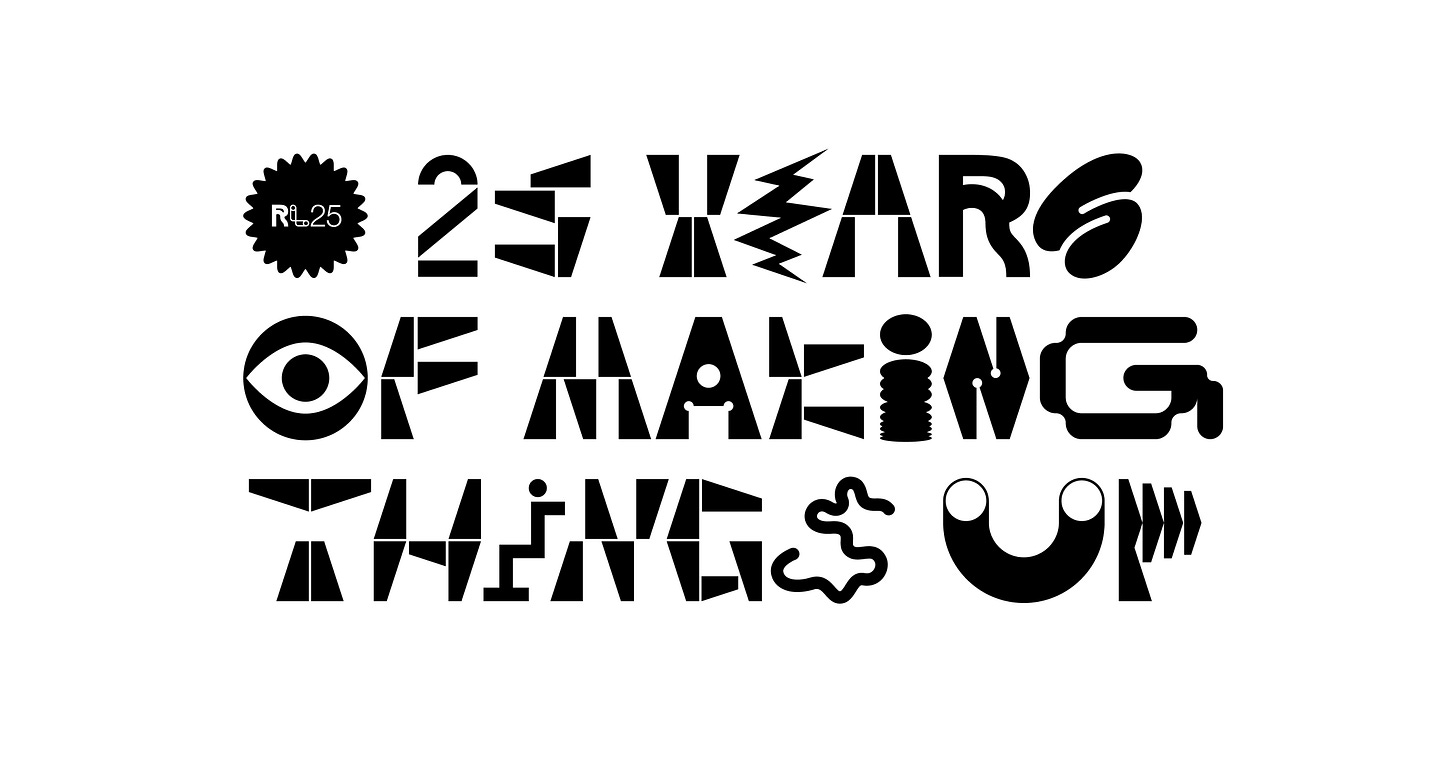In recent years, I’ve noticed myself saying a phrase in many different meetings “We all know there is no pause button”.
It usually comes up early in the process of scoping out a project, sometimes even in the pitch meeting before we even get to that stage to sense check everyone’s work culture. It’s a simple acknowledgement of the reality every brand faces today. The pace of business, of culture, of communication - none of it slows down just because a strategy is in development. The market keeps moving. Stakeholders keep asking questions. Customers keep expecting something new.
And yet, our role as strategists is to take a breath and help shape the long-term view. To find clarity in the noise. That creates an interesting tension: how do you work slowly and fast at the same time?
The Strategy x Action Dilemma
I’ve always loved the complexity of strategy - the process of working through ambiguity, joining dots, shaping thinking - it’s why I gravitated towards the work I do today. But more and more, I speak to brand teams who are under enormous pressure to deliver quickly - they need to spend the time “getting it right” but also know they can’t stand still and need to be making moves this week - or even today.
This isn’t unique to our era, but the feeling has definitely intensified. In the creative world especially, there’s an odd contradiction - everyone wants to arrive at something bold or something unexpected. But it is easy to forget how much thought and preparation went into every great piece of work behind the scenes. Strategy is invisible when done well, so it can be tempting to think that it is easy to skip ahead to the fun part.
The result? Strategy work ends up being developed all the while the creative and activation wheels are still turning, and sometimes these activations will naturally take on some of the strategic thinking before it is fully crystallised. My younger self would have been unhappy about this, I might have even suggested that everyone resists this and waits until the strategy work is complete, but now I see it as an interesting challenge to solve in the evolution of our industry.
Navigating the Reality
Projects often start on the side of strategy, you’ll hear phrases like “let’s make sure we take the time to get this right.” But at some point after the process has started, often when timelines get squeezed or new stakeholders take an interest, someone inevitably asks “when will we see something?”
It used to frustrate me. Now I see it as a very natural question to be asked of a project. As strategists, we know this is going to happen and so we need to embrace it. The key is not to fight it, but to empathise and work with it - openly discussing the pros and cons of speeding up.
In my experience, it can sometimes happen that action suddenly overtakes strategy with no warning and this can feel like our time has been wasted. Or I’ve also seen mistakes where we all wait too long to act because we want to be literal about finishing the strategy work first. Neither approach works so well.
The solution lies in direct, honest communication. To surface the tension early in a project and recognise that this may come up. Strong strategic thinking really can live alongside creative or activation design. In some ways it isn’t ideal, but in others it is really exciting.
Agility Without Losing Depth
The reality of modern brand work is that we rarely get the luxury of neat, phase-by-phase projects. Increasingly, we have to work while the wheels are turning. It can be stressful, but also invigorating.
If you stay calm, if you know your process and if you are in tune with the rhythm of these projects then it is absolutely still possible to deliver great work.
Strong client relationships are essential - if a client expresses urgency, we have to trust that this comes from a good place that is relevant and needed by the brand. Clients are exposed to different information than we are and so they might sense that something isn’t quite working when we can’t, or they might be responding to pressures we know nothing about.
The more experience you gain, the more adept you become at balancing both sides: giving enough space for the thinking, but never holding it so tightly that action feels far away.
Don’t Fight It
Over time, I’ve learned that when strategy and action compete, trying to force things into the “ideal” order rarely works. The answer is to let go of the fantasy of perfect linear progress.
The more knowledgeable and comfortable we become with this reality, the more useful we are. We need to stay flexible, and hold the dual tension of building for the future, but also taking care of now at the same time.
Written by Russell





